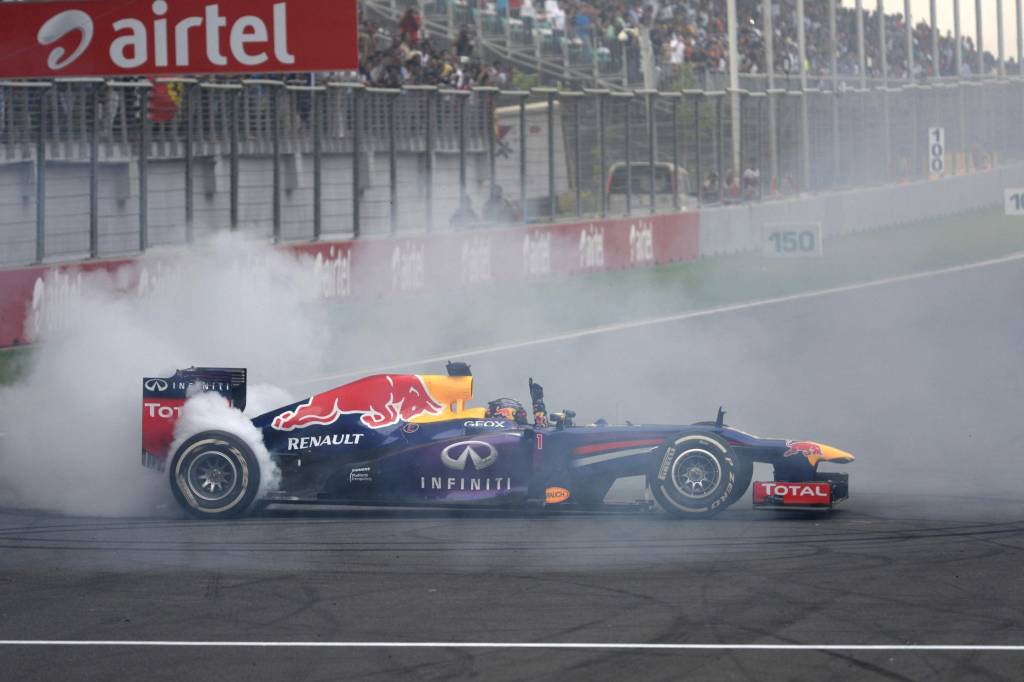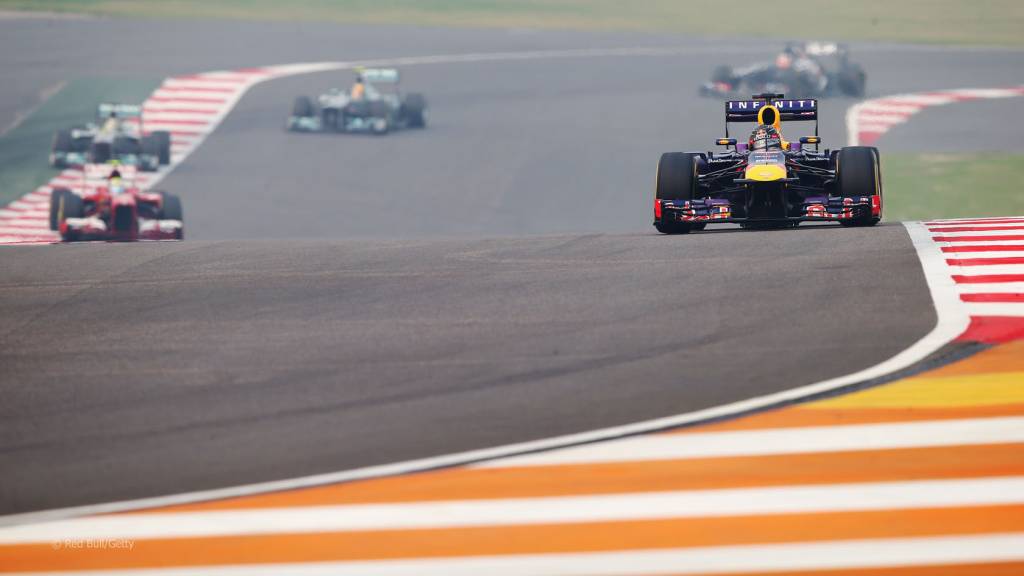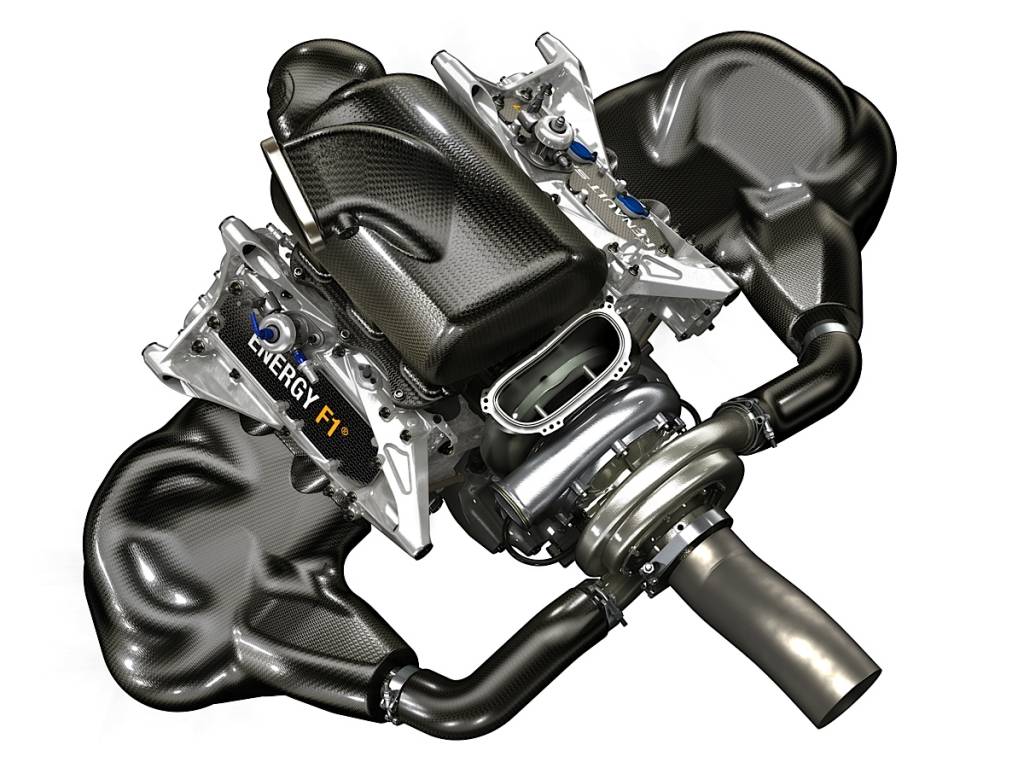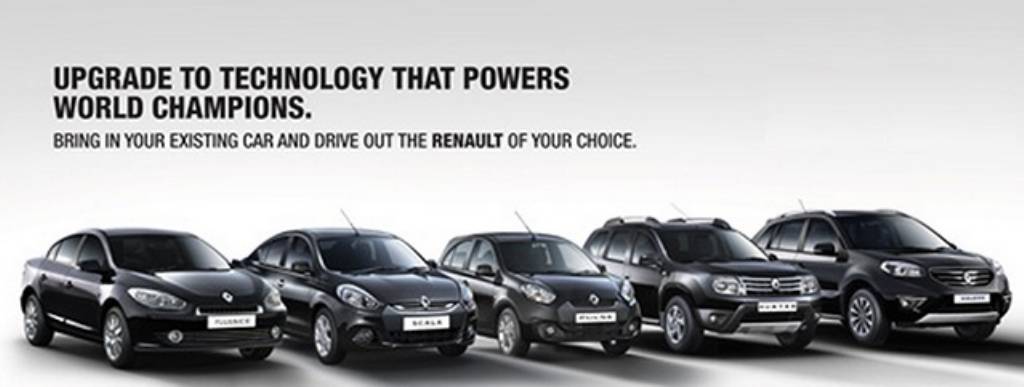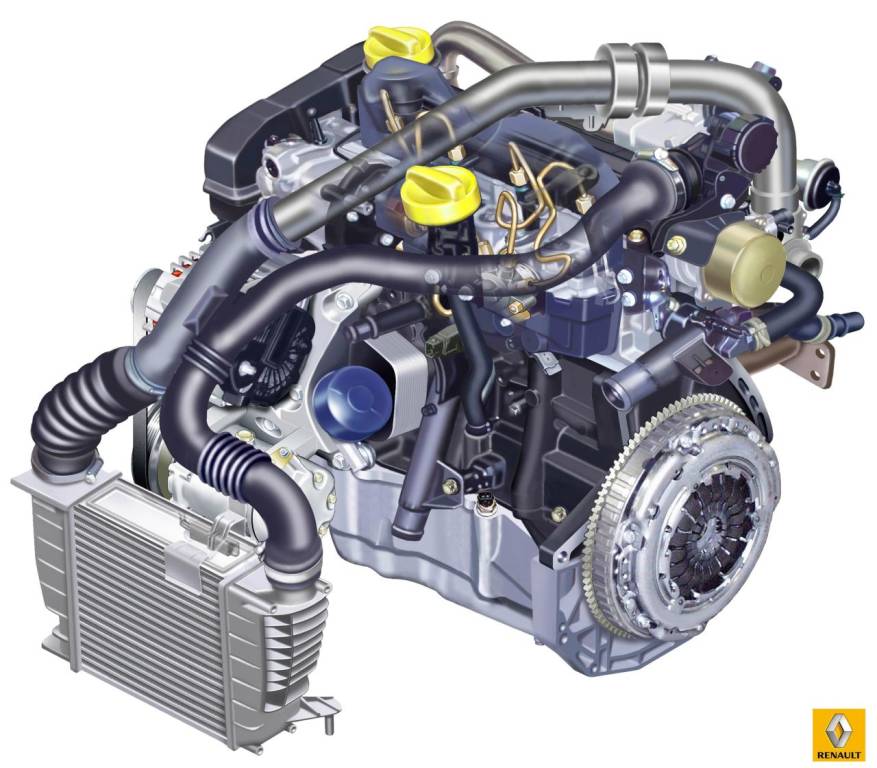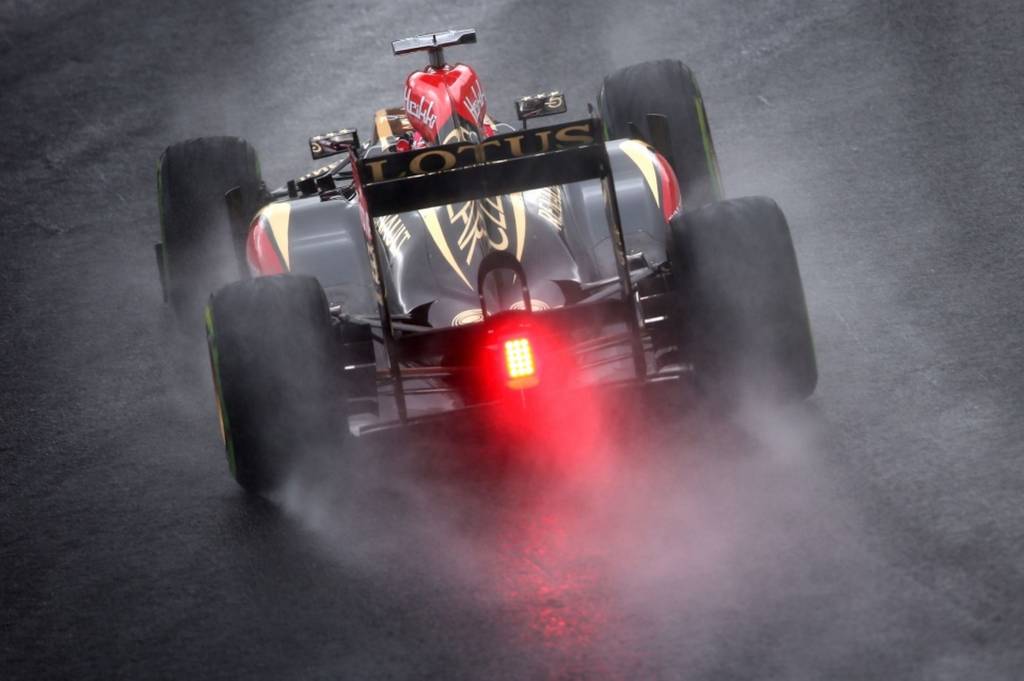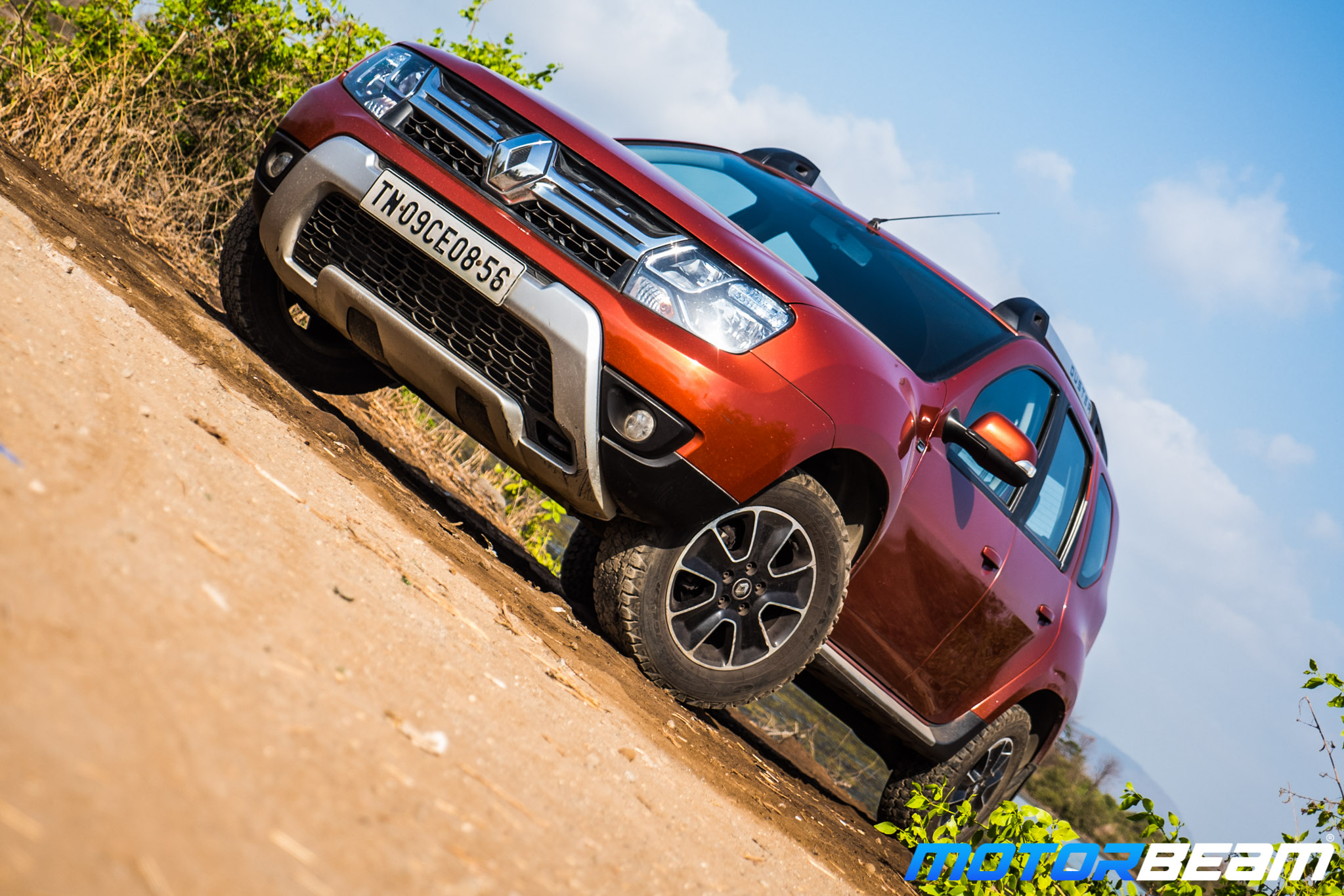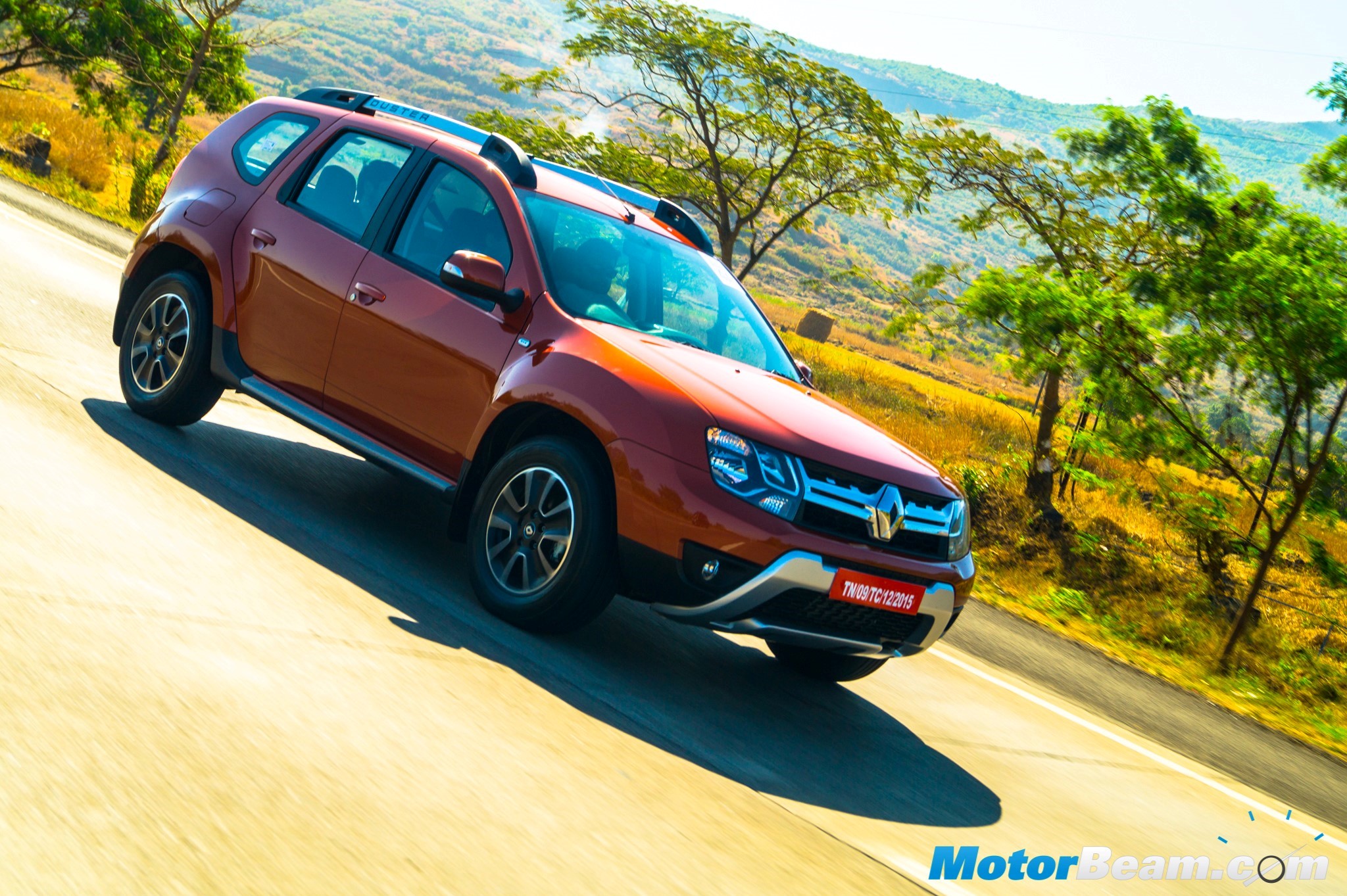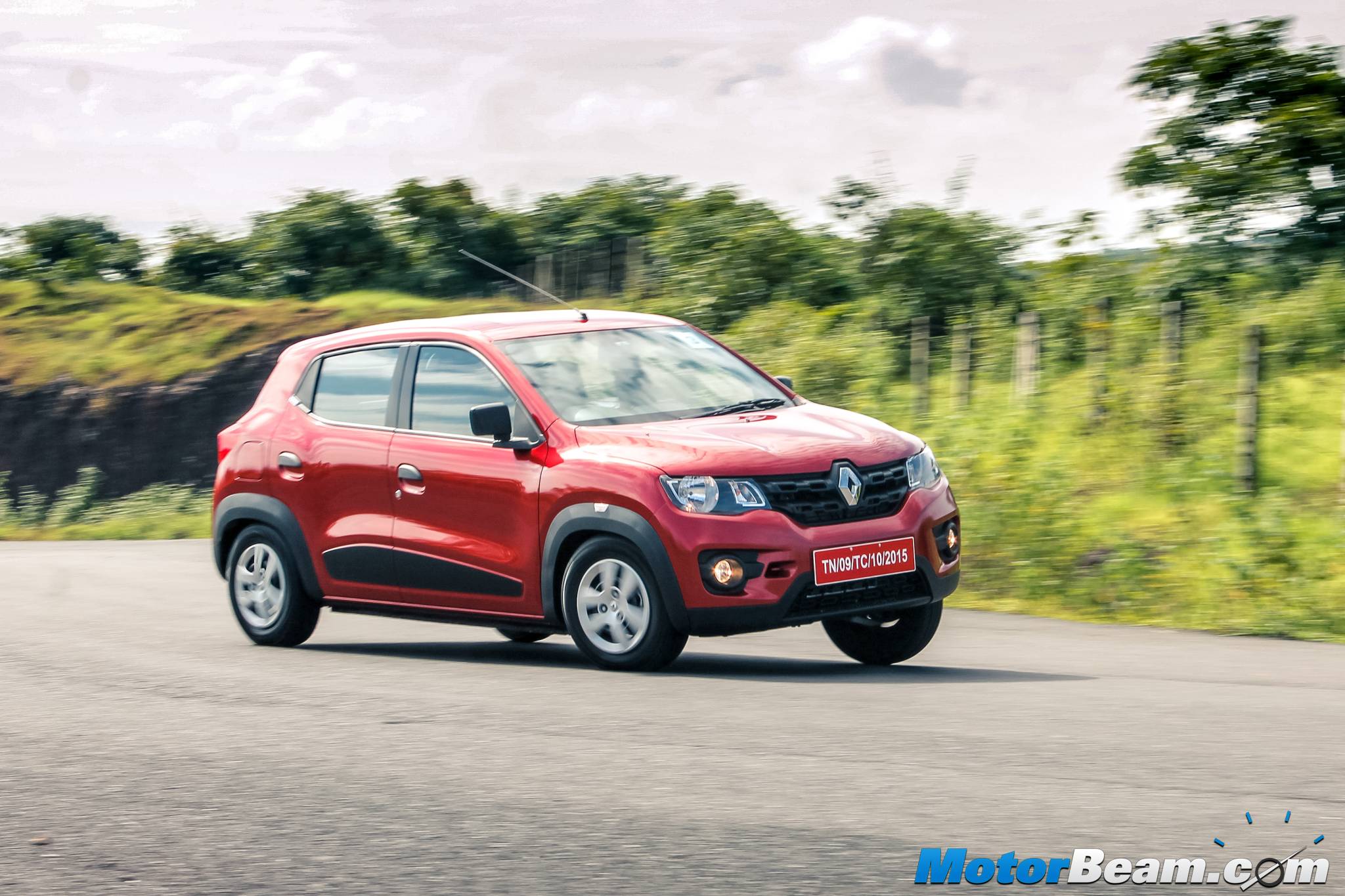Renault has won 6 Formula 1 championships in the last 10 years, which itself speaks volumes about the brand.
Sebastian Vettel signed off his fourth successive Formula 1 title in style at the 2013 Indian Grand Prix. Records have tumbled at an unbelievable pace this year and Vettel hails his success to none other than the ultimate machine, the Red Bull Renault RB9. The RB9 has made it to the top of the time sheets at almost every race weekend, be it free practice, qualifying or the big race. With 10 wins this season, Sebastian Vettel has etched himself too deep into the records books, unlikely to be beaten in the near future. Success in Formula 1 is achieved when various parameters co-exist in harmony. Driver capability, reliability, performance and aerodynamic efficiency of the car, all have their role to play. The most important of the them, reliability and performance is something which has been mastered by Renault, who have been supplying engines in Formula one since 1977. Red Bull and Renault is a match made in heaven and 4 consecutive F1 titles speaks for itself. The outgoing RS27 F1 engine is an excellent blend of reliability and performance and tasted success like no other.
Regulations change periodically in Formula 1 and manufacturers have to be quick in developing engines as per the new regulations. Technically each component is like a prototype as there is no mass production. Thus accessing the reliability of the new components is always a challenge. A Renault engine has won 6 of the last 10 Formula 1 championships, which says heaps about the French marquee. Renault won the last championship with the V10 engine in 2005 and again won the first championship contested with the V8 in 2006. Fernando Alonso, the man behind both of these. Renault has also won the final championship of the V8 era and are ready with the next years V6. 2014 onwards, the regulations now demand a V6 engine and focus is more on energy conservation. What’s new? Well, now it’s a 1.6-litre unit, turbocharged instead of naturally aspirated, 40% better fuel efficiency and most importantly energy recovery with the help of electric motors.
While some may be wondering why Renault has invested millions of dollars in developing such cut throat technology when it’s only used for racing by 4 teams. The answer lies much deeper. The technology used in F1 gradually makes it way to road cars and can be beneficial in many ways. These technologies make way for developing engines which produce more output, consume less fuel with significantly less emissions. Go back and look at the 2013 RS27 F1 engine. Even after producing close to 750 horses of power, it was not the fastest engine on the grid but still finished ahead of the rest. The secret lies in the drivability and fuel efficiency. The Renault RS27 was the most fuel efficient engine on the grid, enabling cars to carry less fuel, which would give them an approximate 0.2 second advantage per lap.
So how does this F1 know-how benefit production engines? Moving from F1 to India where Renault currently sells five models, namely Koleos, Fluence, Scala, Duster and Pulse. All these cars are powered by the Renault K9K series of engines which have the same characteristics as the RS27 F1 engine. Performance, drivability and fuel efficiency. F1 technology has helped Renault reduce emissions and develop better engine architecture with better cooling, using lightweight materials to reduce weight and improve fuel efficiency. The K9K is an extremely frugal engine and has a long history associated with it.
The K9K direct-injection diesel engine (four-cylinders, eight-valves) is manufactured by the Renault–Nissan Alliance at three sites – Valladolid Motores in Spain, Bursa in Turkey and at Chennai, India, since 2011. The Valladolid Motores plant celebrated production of the 10 millionth K9K engine in April 2013. This engine, a 1.5 litre dCi unit, was first manufactured at the Motores plant in 2001. It was used in the Clio II and Kangoo at that time. Today it powers vehicles in the Renault range (from Twingo to Laguna), as well as Dacia, Nissan and Mahindra models and, most recently, Daimler vehicles with the Mercedes A-Class and Citan. In 2012, following the introduction of new technologies, the latest generation of K9K engines was launched under the Energy label (Energy dCi 90 and Energy dCi 110). Both versions incorporate the new Stop & Start system with brake energy recovery, exhaust gas recycling and a self-regulating, thermostat-controlled oil pump.
Versatility is another major feature of this engine. The K9K produces three power outputs from the same 1.5-litre engine block. The 65 BHP used in the Nissan Micra and Renault Pulse. The 85 BHP used in the Renault Duster, Nissan Sunny and the Renault Scala. The 110 BHP is used in the Renault Fluence and Renault Duster. In each of the above categories, the K9K is the most fuel efficient engine in its class and we have tested the real time fuel efficiency to validate the point. So all the technology which goes in F1 cars is not restricted to F1 alone. These technologies make it to production and you can eat a piece of the same pie in your road car. As for Renault, there is so much which goes on behind the scenes to ensure that Renault continues to power the champions in the future.


